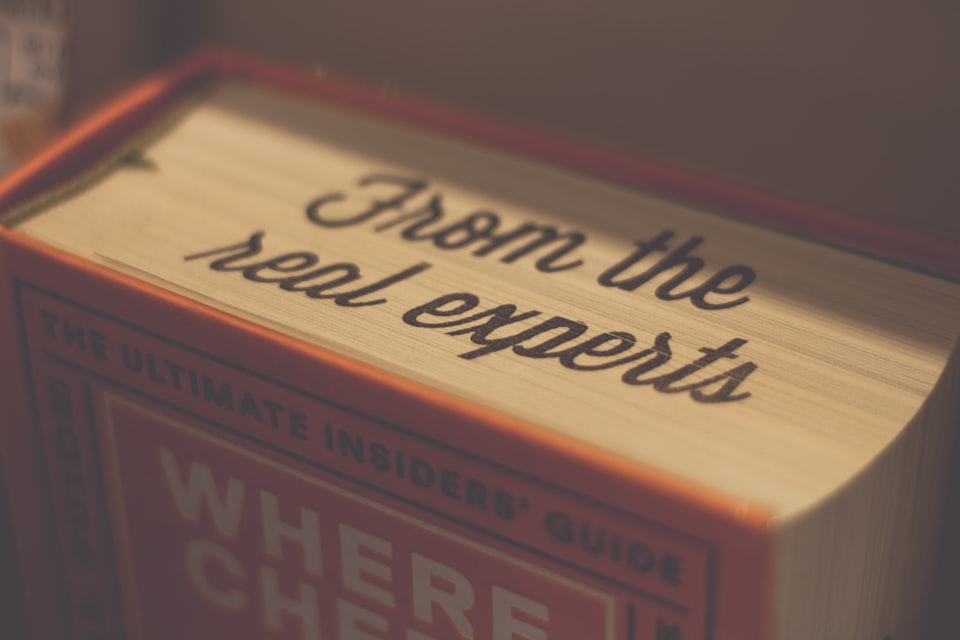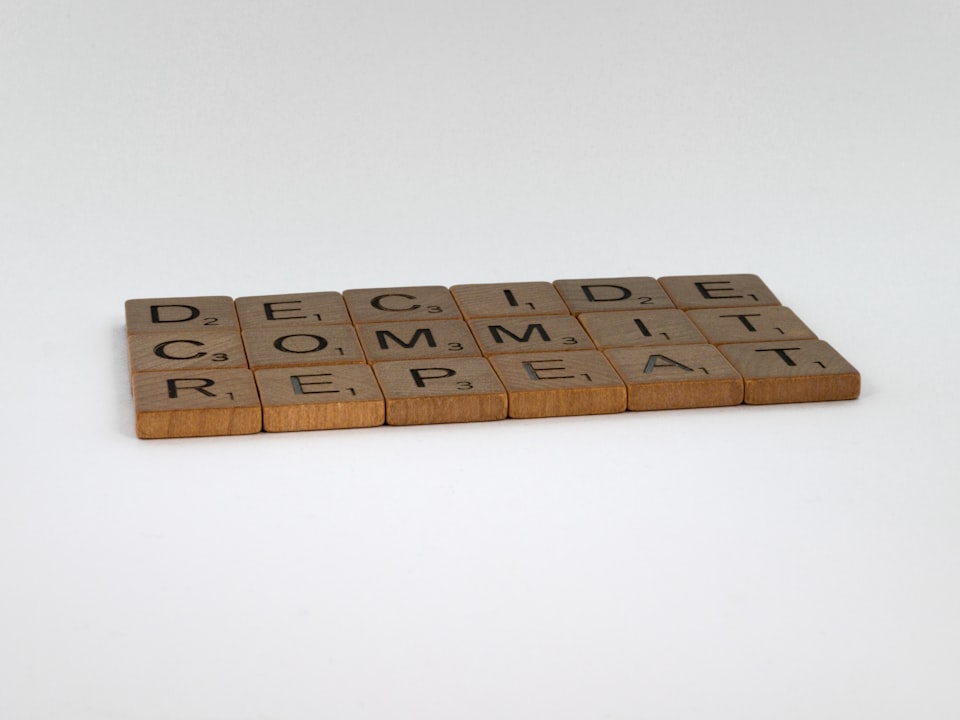Part two of the Becoming a Great Technical Writer Series
If you ask seasoned proposal writers and international development pros how to become an exceptional proposal writer you will probably hear a lot about how it takes time or you need years of practice. There's some truth to that, but here's the thing– you can also accelerate that learning curve. To do that, we reveal tip #2: Read more proposals. Completed, submitted, final proposals. Proposals that won and, yes, proposals that lost. Participants in our Technical Writing for USAID Proposals course have reported that they get so much out of reading proposals after taking the course, and we really believe it's one of the easiest ways to supercharge your growth as a technical writer. Here's how and what you can expect to get out of it.
Proposal reading club: step by step
The how is the easy part: dig through your organization's files and pick about 6 proposals for multi-year programs submitted over the past 18 months. The more random, the better. You want to end up with a mix that represents all the types of proposals your organization submits. The only caveat is if your organization submits a lot of small MCA proposals, for example, and you want more experience with larger USAID proposals, then make sure your sample reflects the types of proposals you need to learn about. But don't read only winning proposals because you will learn from the losing proposals as well. Find a buddy, come up with a schedule, and have a 90-day proposal reading club. Read the proposal cover to cover, and talk it out. Plan to dedicate 1 hour to read the RFP and 2 hours to read the proposal. You can easily spend more time, but you probably don't have tons of time! Here are some questions to guide your discussions:
- Did the proposal make sense? Simply put, did you as a reader walk away with a clear understanding of what this project would look like if awarded?
- Were the details vivid with examples that make you feel like the counterparts, beneficiaries, and conditions on the ground were harmonized with objectives and results?
- Do you have a clear sense of what would happen in this project on day 1, month 12, mid-point, and by end of project?
- Were you left with the impression that the proposed activities would yield the promised results and the results promised seem ambitious and achievable?
- Did the proposal align with the objectives and other requirements in the RFP/RFA?
- Was the proposal technically compelling? Does the proposal effectively use technical terminology or did it feel too jargony? Too elementary?
What you'll learn
You've read a half dozen large, final proposals--nice job 🙌🏼 👊🏼 👍🏼 ! That's what a typical director of business development probably reads every 6-12 months depending on the size of their portfolio so you are really accelerating your learning.
By now you should have a sense of what a strong proposal looks like. You will notice how beautifully written proposals have a certain harmony and synchronization across sections and activities. You'll see how effective background sections serve as an evidence base for the activities proposed later on. You'll appreciate how activities with a clear who/what/when/how framework make sense and seem achievable.
And, of course, you'll walk away with an understanding of common pitfalls. You'll see that effective use of technical jargon is a fine art, not to be abused. It will become clear that on the ground details are essential and when missing can leave you with the impression that this could be for any random country.
What's next?
Becoming a great technical writer, like so many talents, is something you'll be working on continuously. We've got more exercises that you can practice in your daily work that we'll continue to share in our blog (you can sign up to receive blog posts here). You can also sign up for our Technical Writing for USAID Proposals course where we do a deep dive into the step-by-step of writing a proposal, employing practices to get a beautiful final product, and critical skills to get to the finish line every time. In this cohort based course you get to work with course facilitators who have written hundreds of proposals and participants from across the industry who will become your go-to support group when you take on your next tech writing challenge.
Keylime helps organizations win and implement USAID programs. We are powered by our proprietary marketplace enabling us to work transparently and efficiently, with exceptional results. Learn how to win and implement USAID programs with Keylime Academy.

